Picture yourself standing under a blanket of stars, gazing up at that mysterious red dot we call Mars. You might wonder if somewhere out there, tiny life forms are riding cosmic currents between worlds, perhaps even landing on our own planet. It’s not science fiction—it’s one of the most intriguing questions keeping astrobiologists up at night.
What If Life is a Cosmic Hitchhiker?

Panspermia (from Ancient Greek πᾶν (pan) ‘all’ and σπέρμα (sperma) ‘seed’) is the hypothesis that life exists throughout the universe, distributed by space dust, meteoroids, asteroids, comets, and planetoids. Imagine microbes as the ultimate travelers, enduring journeys that would make even the most seasoned astronaut quiver. These microscopic adventurers could be crossing the vast emptiness between planets, surviving conditions that would kill most life forms instantly. The concept challenges everything we thought we knew about how life spreads through the cosmos. Microbes able to survive in outer space (such as certain types of bacteria or plant spores) can become trapped in debris ejected into space after collisions between planets and small solar system bodies that harbor life. This debris containing the lifeforms is then transported by meteors between bodies in a solar system, or even across solar systems within a galaxy.
The Ancient Greek Dream That Refuses to Die
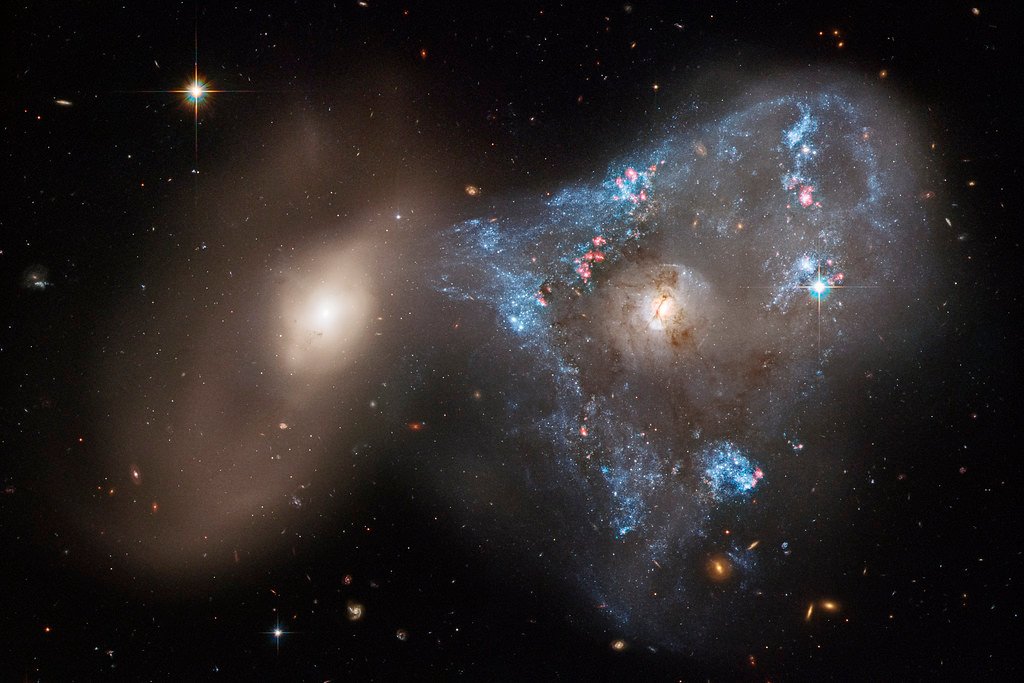
The Greek philosopher Anaxagoras (500-428 BCE) asserted that the seeds of life are present everywhere in the universe. He coined the term panspermia to describe the concept as life traveling between planets as seed. Isn’t it fascinating that thousands of years ago, ancient thinkers were already pondering whether life could travel between worlds? Their intuition might have been more accurate than they ever imagined. The modern conception of the panspermia theory can be traced to the early 1870s, when the British mathematical physicist William Thompson, Lord Kelvin and the German physicist Hermann von Helmholtz first forwarded the argument that life may have originated in outer space. In the early twentieth century, the Nobel Prize–winning Swedish chemist Svante Arrhenius then posited that life on Earth arose from bacterial spores that were impelled through outer space by the pressure caused by light waves. What started as philosophical musings has evolved into serious scientific inquiry, complete with laboratory experiments and space missions.
Nature’s Toughest Survivors
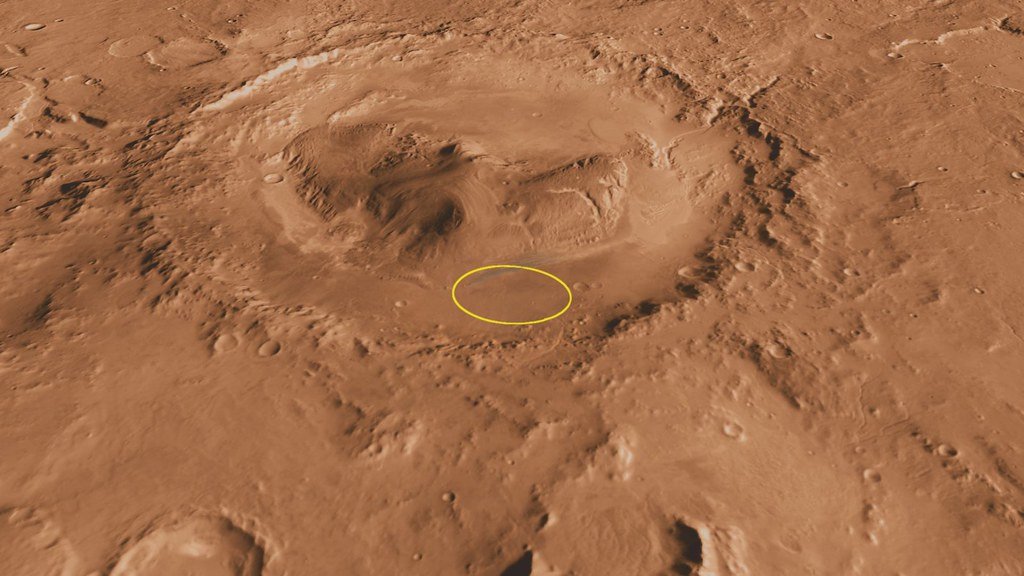
Scientists reported that bacteria from Earth, particularly Deinococcus radiodurans, were found to survive for three years in outer space, based on studies on the International Space Station. These findings support the notion of panspermia. Meet the extremophiles—microbes that laugh in the face of death. Deinococcus radiodurans, nicknamed “Conan the Bacterium,” is one of the world’s toughest microbes, capable of surviving in radiation strong enough to kill any other known life-form. These microscopic warriors can endure temperatures that would melt metal, radiation doses thousands of times higher than what kills humans, and the crushing vacuum of space. They’re like nature’s own superheroes, but instead of capes, they wear protective proteins and DNA repair mechanisms that work overtime. Tests in which the microbe was frozen and dried out to mimic the cold and dry conditions on Mars, suggested that Conan the Bacterium would be able to survive 280 million years on Mars if buried at a depth of 33 feet. This lifespan is reduced to 1.5 million years if buried just 4 inches (10 centimeters) below the surface, and just a few hours on the surface, which is bathed in ultraviolet light.
The Ultimate Road Trip: Meteorites as Space Taxis
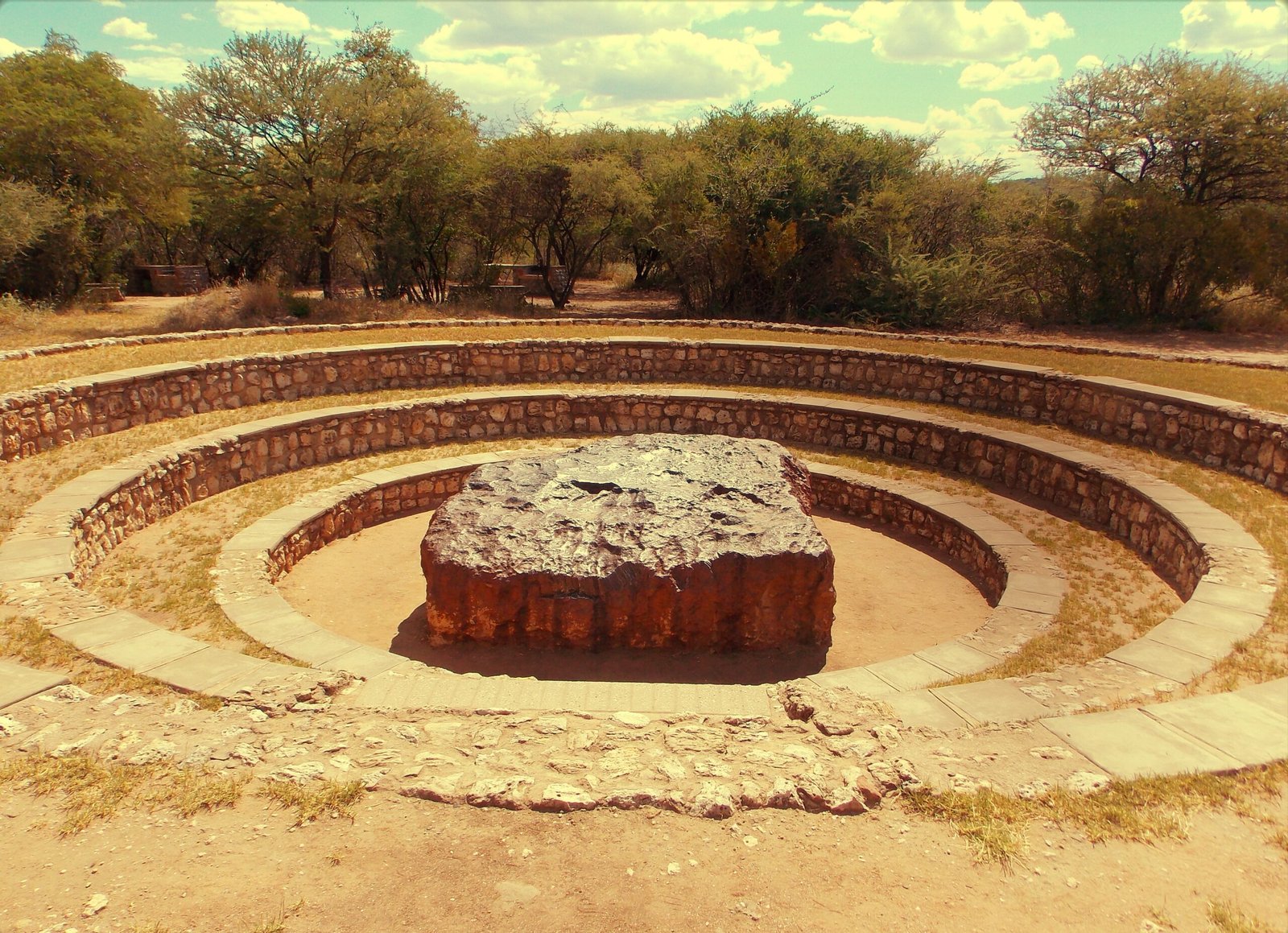
During the impact of an asteroid or a comet with a planet’s surface, the pressure is so great that the material forming the impact crater is ejected at a speed reaching escape velocity, allowing chunks of rock to escape the confining threshold of the atmosphere. Although a great portion of the impacted area experiences high enough temperatures to easily destroy most life, a significant fraction of the rock may experience the lower temperatures and pressures required to permit the survival of amino acids and microscopic organisms. Think of meteorites as natural spacecraft, launched by cosmic collisions and carrying precious cargo across the solar system. Only one thing could send a piece of rock flying out fast enough to escape Mars’s gravity: an asteroid or comet slamming into Mars. Mars’s gravity is about one-third as strong as Earth’s, and its atmosphere is about 125 times thinner, so it is easier to eject a rock from Mars than from Earth. After orbiting the Sun for more than a million years, some of the ejected pieces eventually struck Earth as meteorites. It’s like nature’s own interplanetary postal service, albeit one with extremely long delivery times.
Mars: The Suspected Source of Earthly Visitors
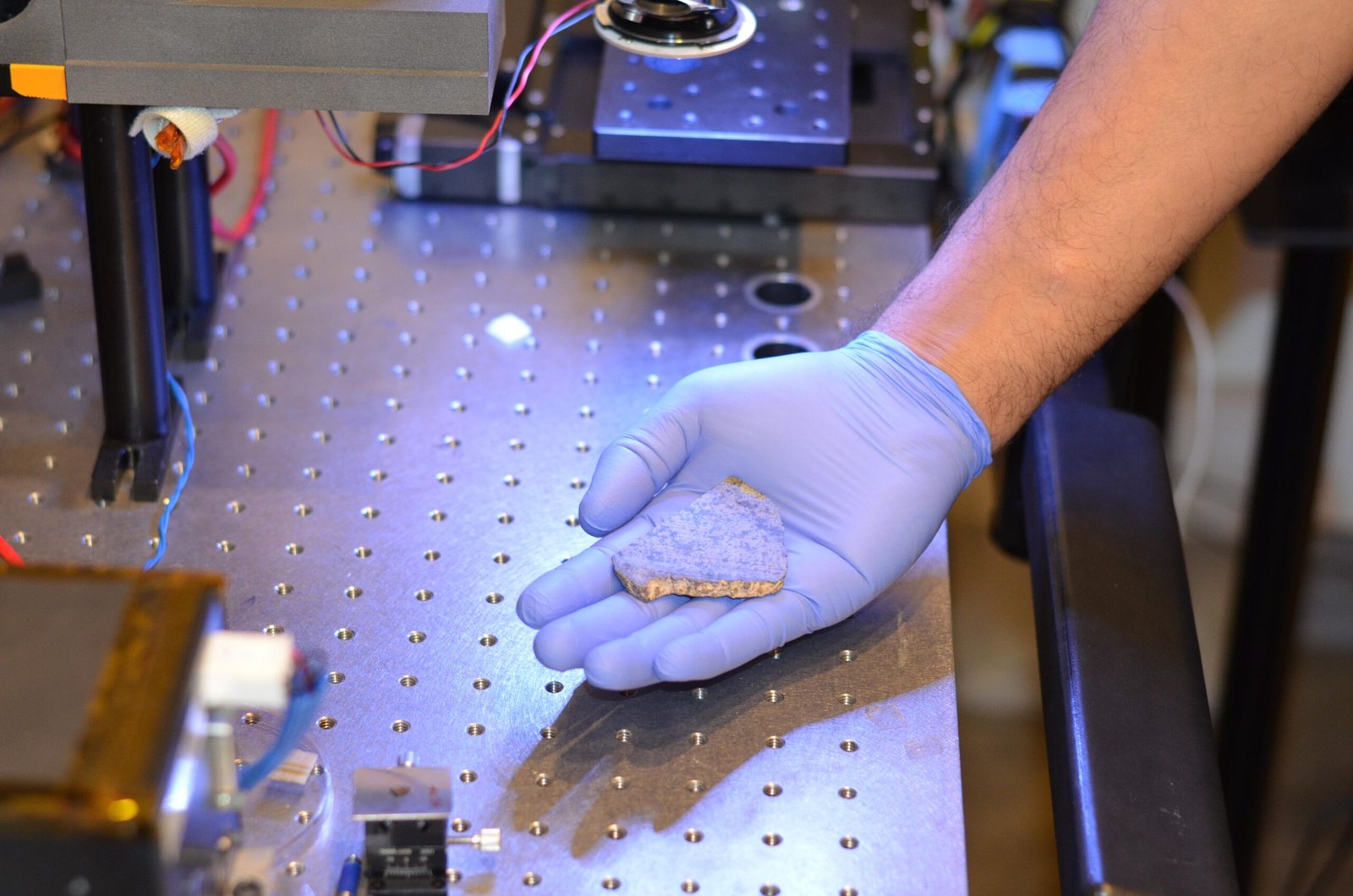
To date, 12 meteorites from Mars have been found on Earth. They are believed to have been ejected from Mars into heliocentric orbits by large impacts and subsequently captured by Earth. The evidence for a martian origin is compelling, and there is broad consensus in the scientific community that the meteorites indeed came from Mars. Our red planetary neighbor has been bombarding us with samples for millions of years. If we accept the 1:100 ratio as being representative, then of the roughly 500 meteorites that fall on Earth every year, perhaps 5 are from Mars. Every time you look up at the night sky, remember that pieces of Mars are literally falling around us. An asteroid struck Mars 11 million years ago and sent pieces of the red planet hurtling through space. One of these chunks of Mars eventually crashed into the Earth and is one of the few meteorites that can be traced directly to Mars. This meteorite was rediscovered in a drawer at Purdue University in 1931 and therefore named the Lafayette Meteorite. Some of these cosmic messengers carry more than just rock—they might carry the history of life itself.
The Shocking Survival Story of Space Travel

The extremophilic bacterium Deinococcus radiodurans withstands the drastic influence of outer space: galactic cosmic and solar UV radiation, extreme vacuum, temperature fluctuations, desiccation, freezing, and microgravity. Space isn’t exactly a luxury cruise destination for living things. Once in space, these microbes face the task of surviving the vacuum, weightlessness, temperature extremes, cosmic rays, and, for those close to the surface of the rock, ultraviolet radiation from the sun. Yet some microbes treat these conditions like a minor inconvenience. Studies on the International Space Station reveal that bacteria such as Deinococcus radiodurans can endure the vacuum and radiation of space for years. Such endurance bolsters the argument for lithopanspermia’s plausibility. It’s mind-boggling that something so small can survive what would instantly kill us, making them the ultimate cosmic explorers.
The Controversial Evidence Hunt
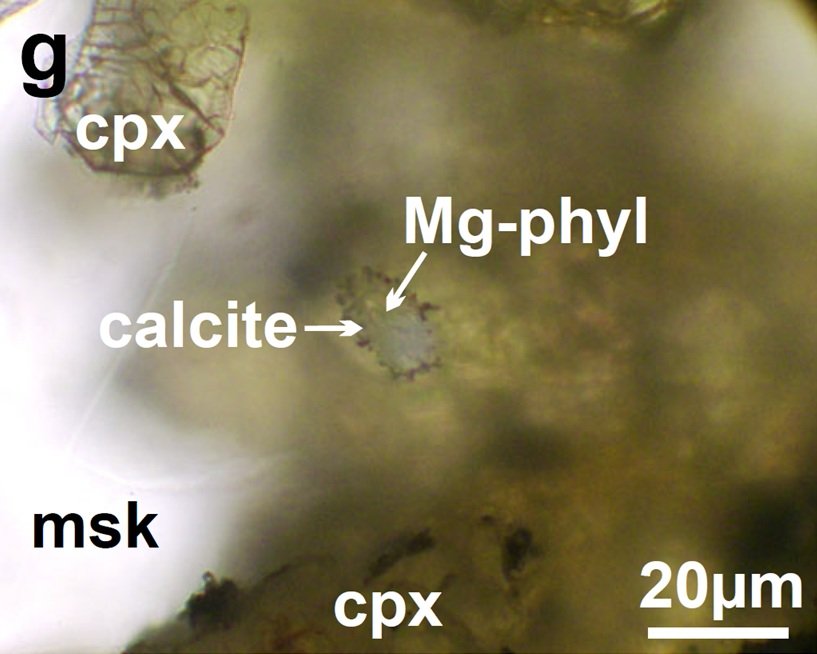
The NASA-funded team found the first organic molecules thought to be of Martian origin; several mineral features characteristic of biological activity; and possible microscopic fossils of primitive, bacteria-like organisms inside of an ancient Martian rock that fell to Earth as a meteorite. This array of indirect evidence of past life will be reported in the August 16 issue of the journal Science. The search for life in meteorites reads like a detective story with twists that would make Sherlock Holmes proud. This meteorite received much attention after an electron microscope revealed structures that were considered to be the fossilized remains of bacteria-like lifeforms. As of 2005, scientific consensus was that the microfossils were not indicative of Martian life, but of contamination by earthly biofilms. Scientists have spent decades examining these cosmic stones under microscopes, looking for signs of ancient life. Some claimed victory, others called contamination—it’s a scientific debate that continues to this day. But, a recent study suggests that magnetite in the meteorite could have been produced by Martian microbes.
The Three-Stage Journey of Life

In the modern formulation, there are three stages envisioned in this hypothesis: escape (from a planet), transit (through interplanetary space), and landing (on a recipient planet). Think of panspermia as a three-act play where microbes must survive each dramatic scene. First, they need to escape their home planet during a violent impact event—imagine being launched from a cannon while your house explodes around you. Transit to Earth may present the greatest hazard to survival. Cosmic-ray exposure ages of the meteorites in current collections indicate transit times of 0.35 million to 16 million years. Then comes the long, lonely journey through space, where radiation bombards them for potentially millions of years. Finally, they must survive the fiery plunge through an alien atmosphere and the crushing impact with a new world. Because the time spent under intense friction is generally in the order of only a few tens of seconds, the amount of heat generated may not be sufficient to kill all the spores, especially if hitching a ride within meteorites.
Testing Life in Cosmic Laboratories
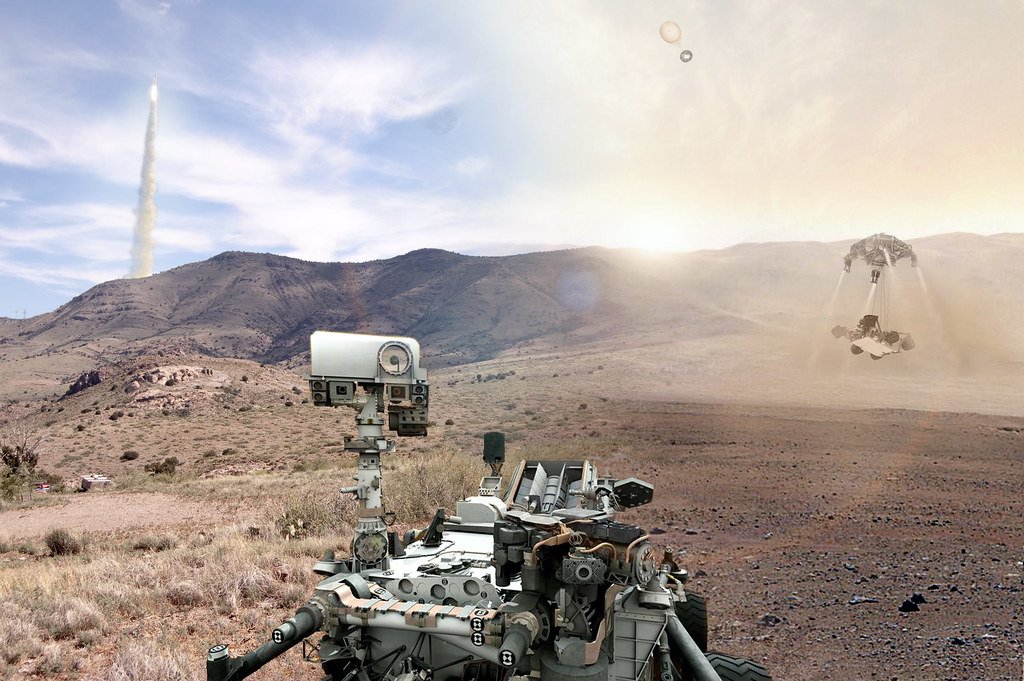
All the selected extremophilic strains showed a good resistance to the simulation of the temperature variation in the space: indeed all extremophiles were able to grow rapidly (from 1 to maximum 5 days of incubation) after prolonged storage also at temperature values very far from their respective optimal conditions. The exposition to UV radiation affected only slightly the growth of H. hispanica, G. thermantarcticus and S. solfataricus. Scientists aren’t content with just theorizing—they’re putting life to the ultimate test. In laboratories around the world, researchers subject hardy microbes to conditions that mimic the harshness of space. Tom Gheysens from Ghent University in Belgium and colleagues showed that endospores from a species of Bacillus bacteria were viable after being heated to temperatures of 420 °C (788 °F). They freeze them, irradiate them, and expose them to vacuum conditions that would make your head explode. Remarkably, many survive and even thrive after such treatment. All the investigated extremophilic strains (namely Sulfolobus solfataricus, Haloterrigena hispanica, Thermotoga neapolitana and Geobacillus thermantarcticus) showed a good resistance to the simulation of the temperature variation in the space.
The Water Bears: Nature’s Indestructible Astronauts

For example, tardigrades, also known as “water bears,” have been shown to survive exposure to solar radiation while in space. Meet the tardigrades—microscopic animals that look like tiny bears with eight legs and attitudes tougher than a biker gang. The enormous survivability of bacteria and viruses, as well as plant seeds and tardigrades under space conditions, powerfully adds to the case for panspermia and for life as a cosmic rather than terrestrial phenomenon. These remarkable creatures can survive being completely dried out, frozen to near absolute zero, and exposed to radiation levels that would fry electronic equipment. They’ve been to space and back, basically shrugging off conditions that would annihilate most life forms. If there’s ever a contest for “Most Likely to Survive the Apocalypse,” tardigrades would win hands down. They’re living proof that life finds a way, even in the most impossible circumstances.
Directed Panspermia: When Aliens Play God
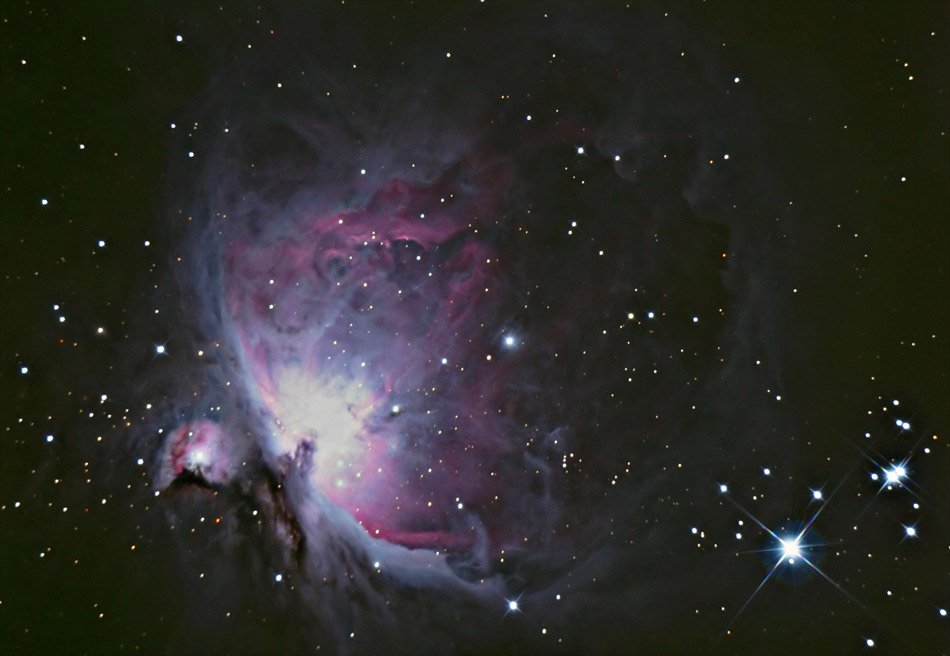
Directed panspermia theories posit that intelligent alien beings purposefully seeded Earth, and possibly other planets, with their own life-forms. These theories are typically built on the notion that advanced extraterrestrials sought to spread life to other places in the universe because their home planets were depleted of resources, nearing the end of their life cycles, or were becoming inhospitable for other reasons. What if life on Earth wasn’t an accident but a deliberate gift from advanced civilizations? Shklovskii and Sagan (1966) and Crick and Orgel (1973) hypothesized that life on the Earth may have been seeded deliberately by other civilizations. Conversely, Mautner and Matloff (1979) and Mautner (1995, 1997) proposed that humanity should seed other planetary systems, protoplanetary discs or star-forming clouds with microorganisms. This concept suggests that somewhere out there, alien gardeners might have planted the seeds of life on countless worlds. Directed panspermia, or planetary seeding, is the deliberate transmission of microorganisms to a lifeless planet with the aim of seeding it with life. In practice, robotic interstellar life-seeding missions could be carried out by accelerating lightweight space probes with light sails to high speeds using a phased array of lasers. It’s a beautiful and terrifying thought—we might be the products of cosmic landscaping.
The Dark Side of Interstellar Life Transfer

Both Iosif Shklovsky and Carl Sagan noted how the harsh environment of space could seriously damage viable DNA or RNA in spores and microorganisms. Others consider that given enough microbes in a dust cloud, some could survive in space in a dormant form. Not everyone buys into the panspermia party, and they have good reasons for their skepticism. Space is absolutely brutal to biological molecules—DNA gets shredded by cosmic radiation like paper in a blender. Critics point out that even the toughest microbes might not survive journeys lasting millions of years. The theory still faced criticism mostly due to doubts about how long spores would actually survive under the conditions of their transport from one planet, through space, to another. Despite all the emphasis placed on trying to establish the scientific legitimacy of this theory, it still lacked testability; that was and still is a serious problem the theory has yet to overcome. Yet supporters argue that if you launch enough microbes into space, statistical probability suggests some will make it. It’s a cosmic numbers game where life bets against astronomical odds.
Contamination: The Double-Edged Sword
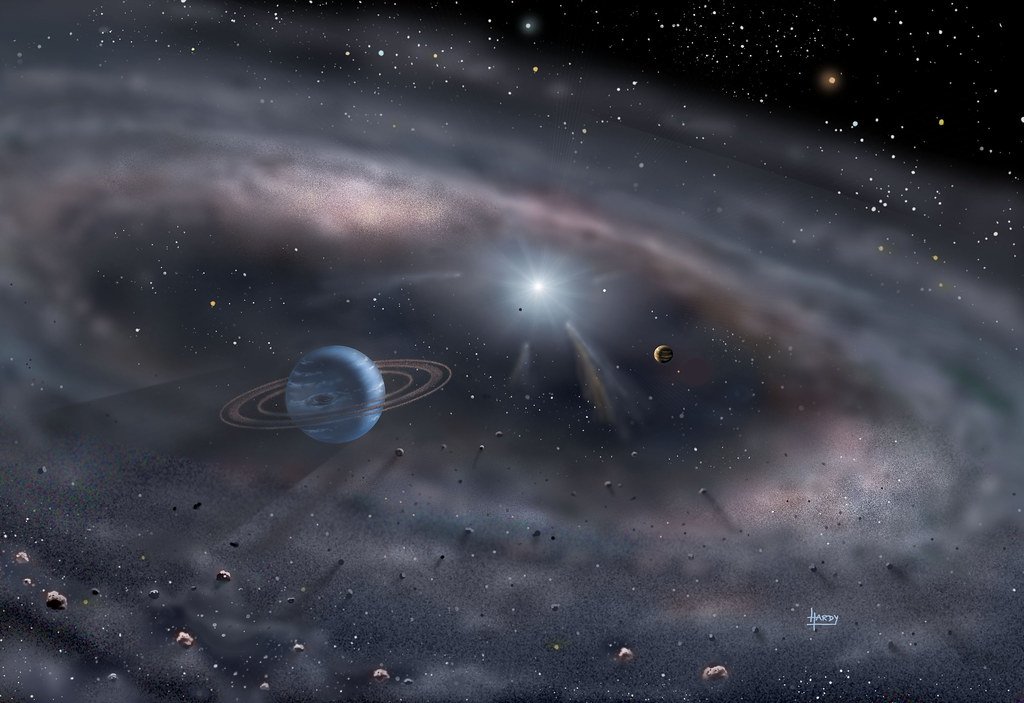
DNA analysis has revealed that 26 novel species of “extremophile” bacteria were lurking in a clean room that housed NASA’s Phoenix lander before it was launched to Mars in 2007. The hardy microbes might be capable of surviving in space. Here’s an ironic twist: while we search for alien life, we might be accidentally spreading our own microbes to other worlds. Future Red Planet missions, both crewed and robotic, also need to be wary of contaminating Mars with Earthly microbes. While robotic missions to Mars are sterilized before launch, the sterilization process is not perfect and some microbes can still hitch a ride to the Red Planet. Space agencies spend millions trying to sterilize spacecraft, but life finds a way to sneak aboard. Most of the newly described microbes displayed at least some characteristics that made them resistant to harsh environmental conditions, such as extreme temperatures, pressures and levels of radiation. Some had genes associated with DNA repair, detoxification of harmful molecules, and improved metabolism, and may even be able to survive the vacuum of space. These stowaways might become the first Earth colonists on Mars, completely by accident.
The Building Blocks Alternative
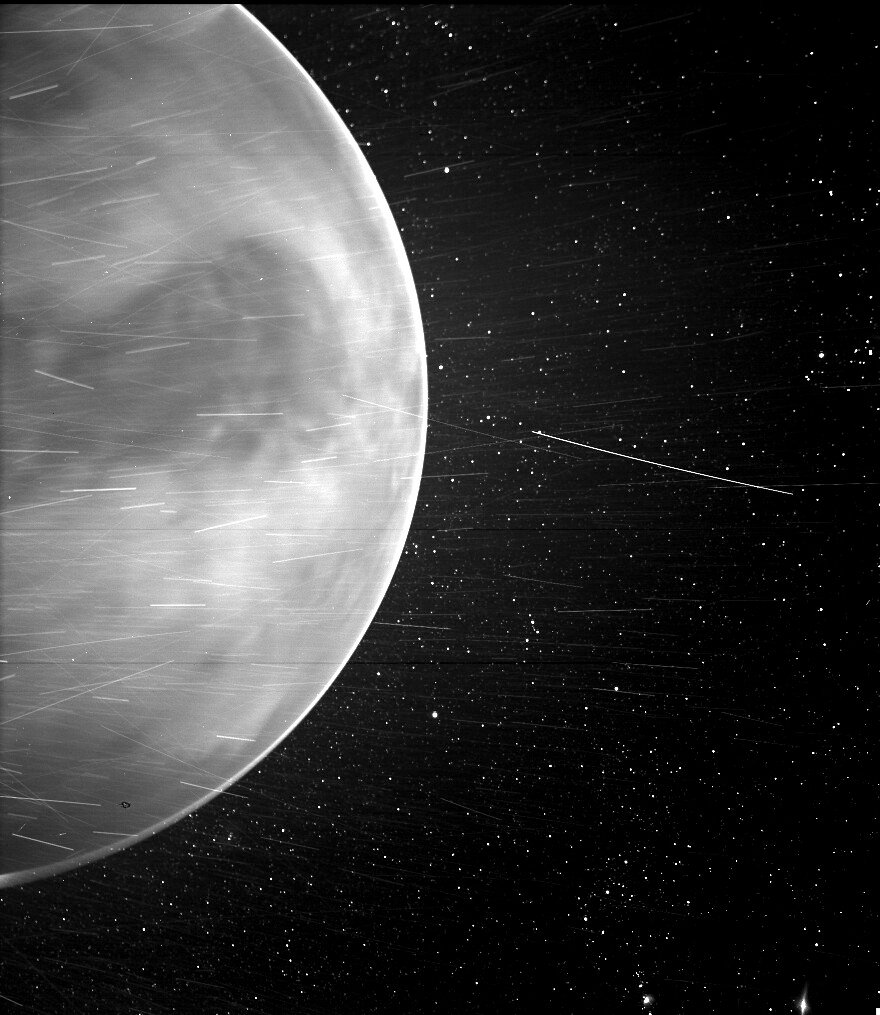
In contrast, pseudo-panspermia is the well-supported hypothesis that many of the small organic molecules used for life originated in space, and were distributed to planetary surfaces. Not all scientists believe whole organisms travel between worlds, but many accept that the ingredients for life might take cosmic road trips. The panspermia theory argues that life is originated in space, in spatial ices, and continuously distributed to the planets by comets and meteorites. According to this, instead of living forms, amino acids, sugars, and the molecules required to form RNA are produced in space. Experiments consisting in the irradiation of interstellar ice analogs with stellar-like UV radiation have shown that indeed, the building blocks of the RNA can be produced in space. Think of it as IKEA furniture for life—the raw materials are shipped from space, but assembly happens locally on each planet. This approach sidesteps some of the survival problems that plague full-organism panspermia while still suggesting that Earth’s life has cosmic



